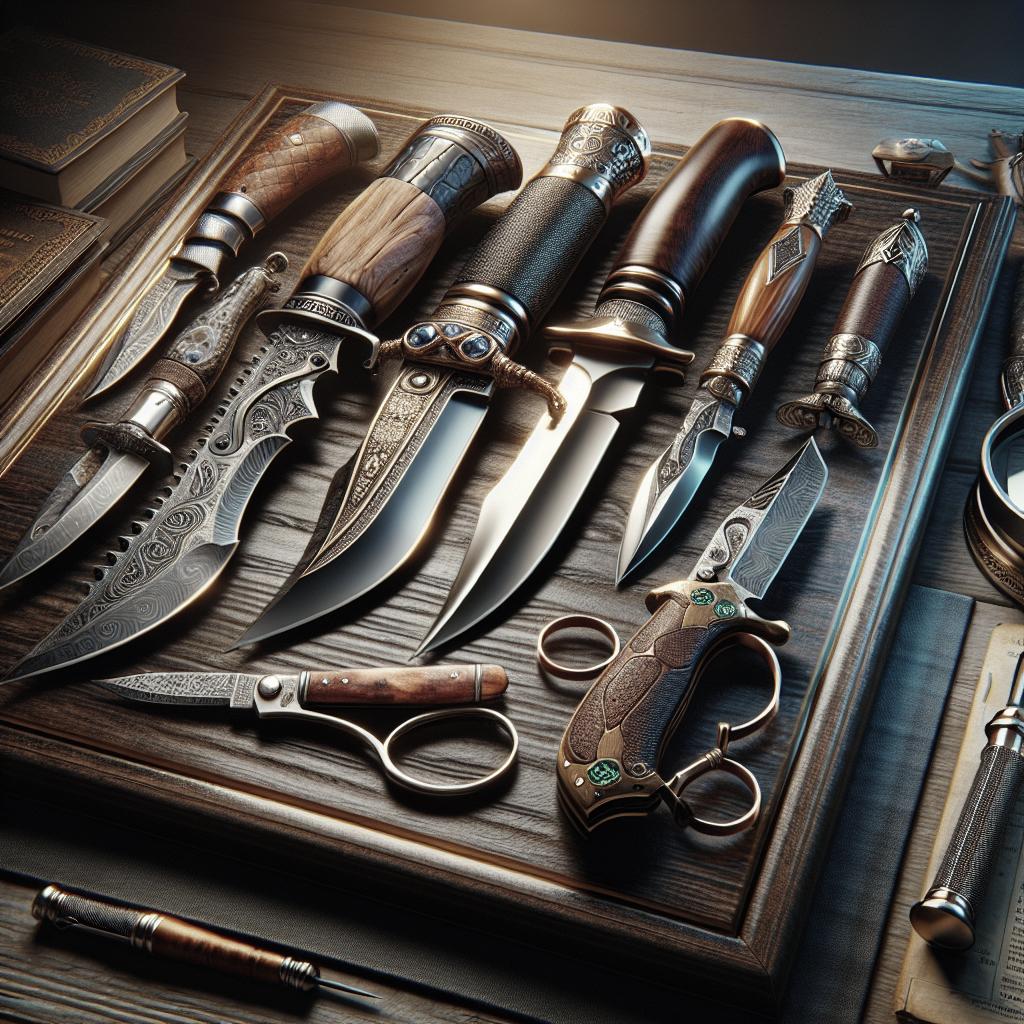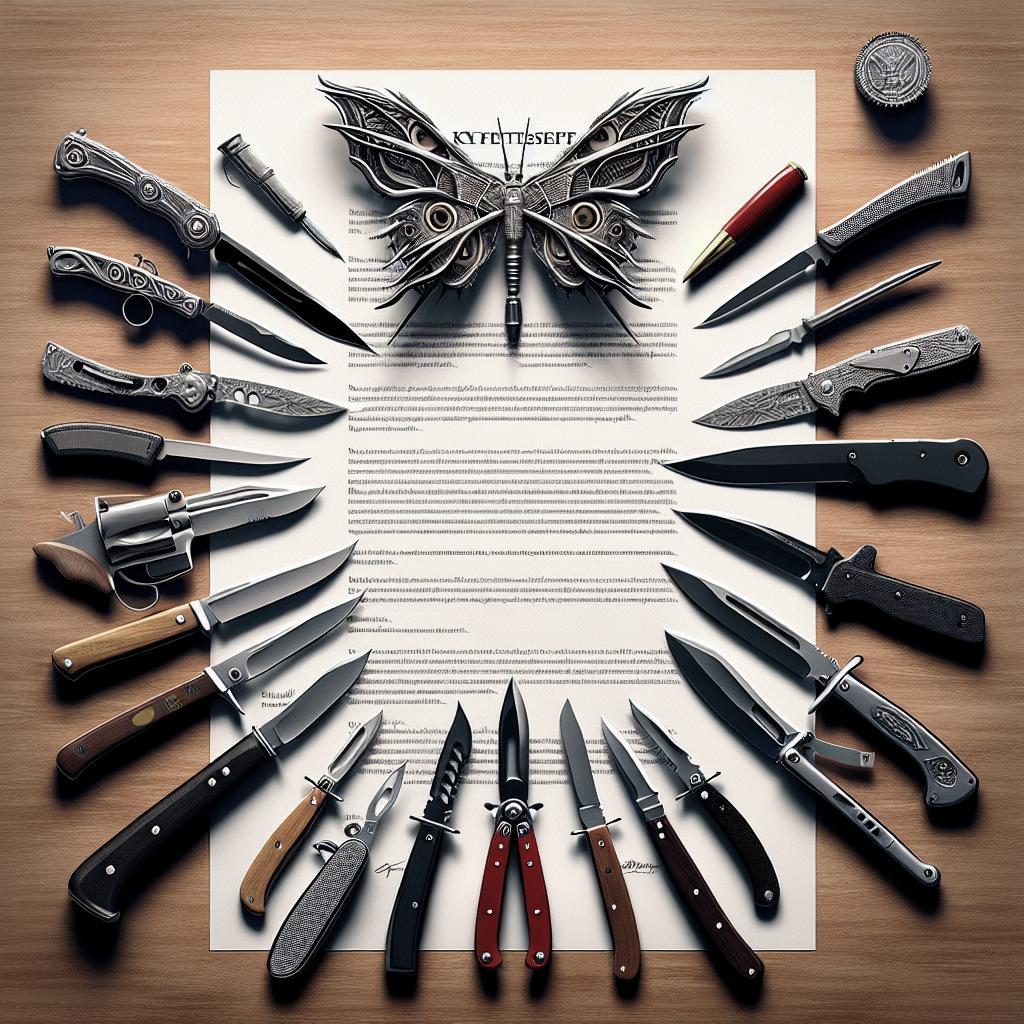Knife Balance and Control Tips
Understanding knife balance and control is crucial for both professional chefs and home cooks alike. The balance of a knife impacts its performance, the comfort of its grip, and the efficiency of cutting tasks. This guide will explore key aspects of knife balance, including defining the balance point, locating the optimal balance point, consulting with manufacturers, and practical tips for determining and adjusting the balance of your knives. Read on to discover how to achieve the perfect balance for precise control and improved kitchen results.
What is a knife balance point?
The knife balance point refers to the center of gravity of the knife. It is the spot where the knife can be balanced on a finger without tipping to either handle or blade end. This point is critical because it affects how the knife feels in your hand during use. A well-balanced knife can make cutting, slicing, and chopping more efficient and less tiring.
Often located between the blade and the handle, the balance point is essential for controlling the action of the knife. A knife with a balance point too far forward may feel cumbersome, while one with a point too far back can lack cutting power. Identifying this point can help in selecting the right knife for specific tasks in the kitchen.
Where is the best balance point?
The optimal balance point for a knife often varies depending on the intended use of the knife. For most chef’s knives, the best balance point is near the bolster, which is the thick junction between the blade and the handle. This allows for a versatile balance that enables both fine control and powerful cuts.
Different kitchen knives may require slightly different balance points. Paring knives, for example, benefit from a point closer to the handle for precision, while heavier knives used for chopping may balance better with a point towards the blade. Therefore, the best balance point is generally subjective and depends on the intended tasks and the user’s personal preference.
Optimal knife balance chart
To help clarify where the balance point should be for various types of knives, an optimal knife balance chart can be a useful tool. This chart categorizes knives by their type and suggests a recommended balance point location. It provides a visual guideline to help in evaluating and correcting knife balance.
Such charts can include illustrations and measurements that guide users in understanding where their knife’s balance point falls and if adjustments are needed. By visually assessing different knife balance requirements, one can make informed decisions about knife selection and adjust handling techniques accordingly.
Where should the balance point be for the knives you sell?
For knife sellers, understanding balance points is crucial in advising customers and ensuring product satisfaction. The balance point should be intended to cater to a wide range of potential users, accommodating various hand sizes, cutting styles, and comfort needs. Highlighting a universal balance point can benefit customers seeking versatile and user-friendly knives.
Sellers can offer insights into balance configurations and demonstrate the difference in handling and performance that balance points create. Providing information and possibly access to a balance point chart can enhance the customer’s buying experience, allowing them to select knives that suit their personal handling preferences and cooking techniques.
Consulting balance point with knife manufacturers
Working closely with knife manufacturers is vital to ensure that the balance point of knives meets industry standards and user expectations. Regular consultation can help sellers stay informed about the latest design technologies and material innovations that impact knife balance.
Manufacturers can offer insights into the optimum balance for various knife models and may provide bespoke knife options that allow retailers to cater to niche markets. Collaborating with manufacturers ensures that product offerings remain competitive, relevant, and aligned with contemporary culinary needs and trends.
How to find the balance point of a knife?
To find a knife’s balance point, begin by laying the knife flat across your index finger at the handle-blade junction. Shift the knife until it remains level without tipping over, identifying the center of gravity. This straightforward technique helps visually confirm the balance point.
This method is best determined on a flat surface and can be repeated across different knives to assess variations in balance. Remember, small design nuances can cause shifts in balance, affecting handling and comfort, which makes this exercise vital when choosing or adjusting a knife.
What determines a knife’s balance point?
Several factors determine a knife’s balance point. The most significant include the knife’s design, specifically the weight distribution between the handle and the blade. Materials used in both the blade and handle contribute significantly to where the balance point lies.
The handle’s length and composition, whether made from wood, plastic, or metal, can significantly impact the overall weight, as can the thickness and material of the blade. Manufacturers carefully design these elements to alter the weight distribution, crafting knives that suit different cutting styles and user needs.
Summary of Main Points
| Topic | Details |
|---|---|
| Knife Balance Point | The center of gravity of a knife, affecting its handling and efficiency. |
| Best Balance Point | Varies by knife type; generally near the bolster for chef’s knives. |
| Optimal Knife Balance Chart | Visual tool suggesting balance point locations for various knives. |
| Balance Point for Selling | Should cater to a range of users, emphasizing versatile handling. |
| Consultation with Manufacturers | Essential for aligning products with industry trends and user needs. |
| Finding the Balance Point | Use an index finger at the handle-blade junction to identify the center. |
| Factors Determining Balance | Design, material distribution (blade, handle), and construction details. |


